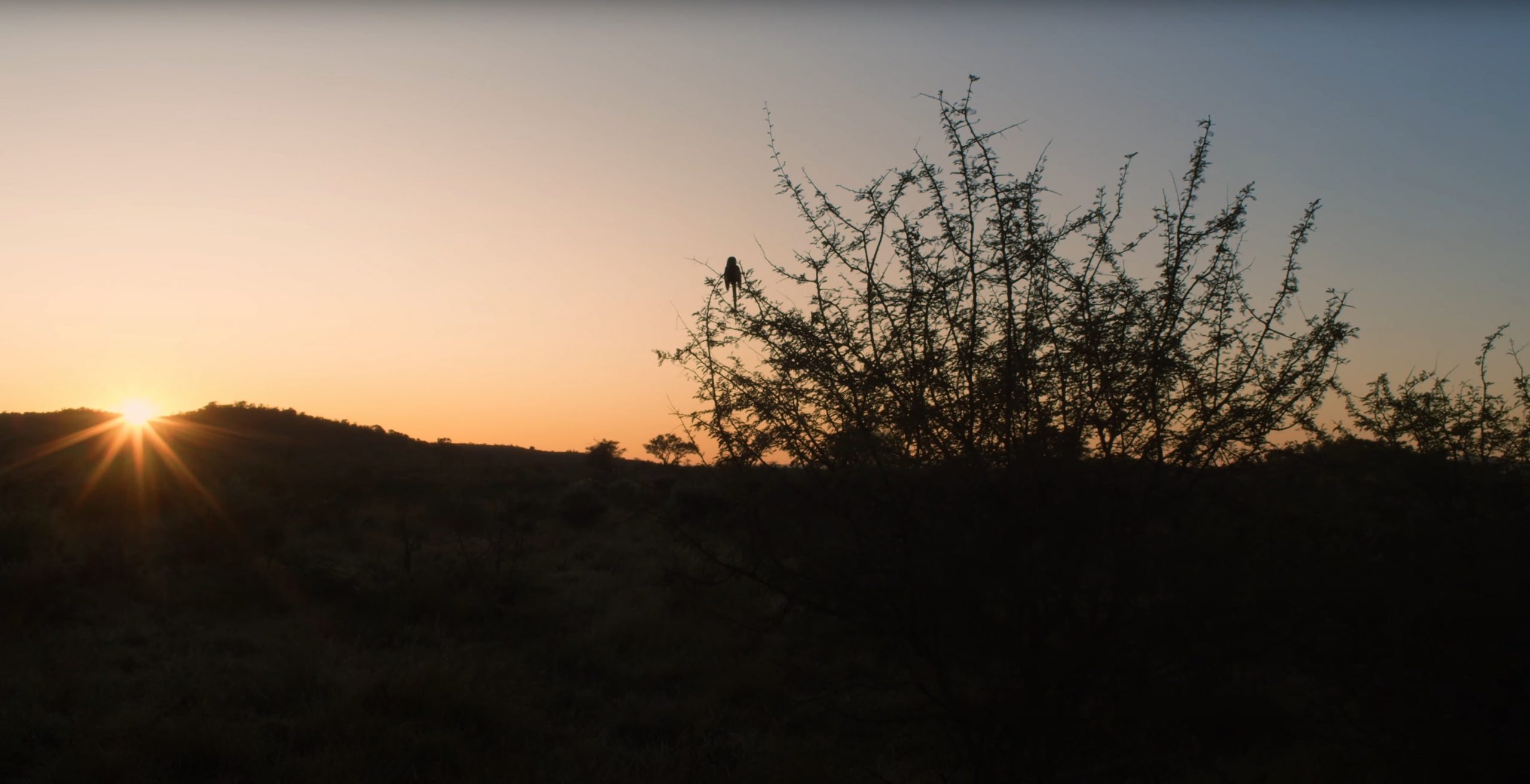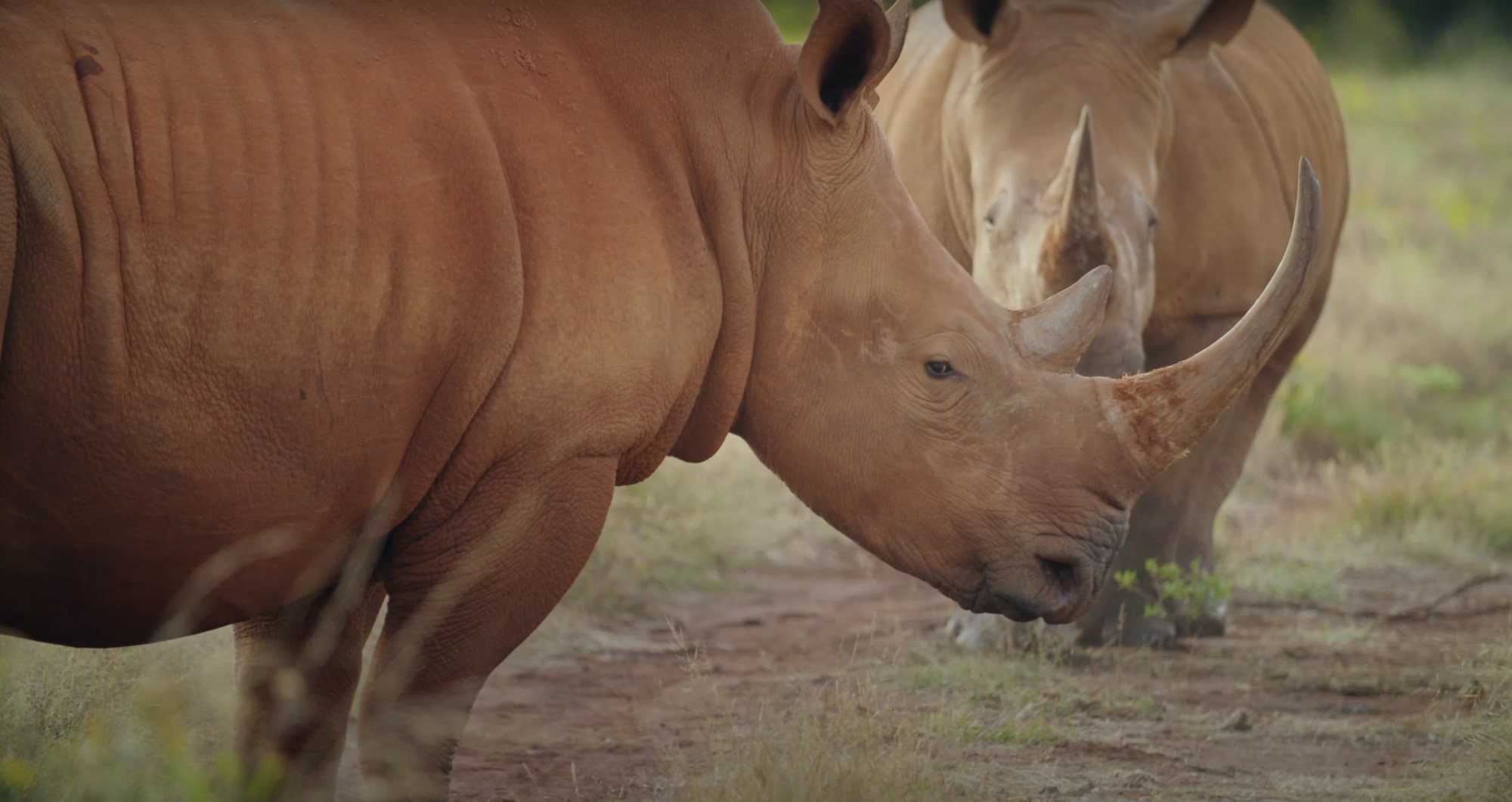It’s a feeling
There’s something special about the bush. Anyone fortunate enough to have spent time in any of South Africa’s bountiful game parks has known this feeling. An indescribable one-ness with the natural environment. Anticipation lurking behind every rustle of leaves or crackle of twigs. A sense that anything could happen, and is happening just beyond what you can perceive with your suddenly feeble-seeming human senses. There is a comfortable danger, in which the rules are instinctively understood.
Held against our everyday lives, this world feels more real. It brings you to an unavoidable, daily and up-close reckoning with life and death, and all of this is wrapped up in a unique and overwhelming experience of peace.
Thoughts about what that feeling is, exactly, were top of mind as I made my way by plane to Johannesburg.
We were headed to Madikwe, a massive and pristine reserve in the North West, right up against the Lesotho border. We’d been contracted to create a short teaser film to capture the essence of a magical lodge called Rockfig Madikwe.
Technically, we were prepared. We knew what we needed to cover, and had made all the necessary provisions in terms of the logistics of the shoot and careful gear choices. Even so, there was a lot that was completely outside of our control. We were on a tight schedule and had a lot of ground to cover, and much of the plan depended on animal actors showing up for the cameras.
I linked up with Chris in Joburg, who was taking care of the photography aspect of the project, and by the time we arrived at the gates of the Madikwe reserve, the last vestiges of a classic deep red African sunset were dying out on the horizon.
As we crossed the threshold, we were plunged into darkness, and the bush swallowed us whole. That feeling came flooding in.
Filming the feeling
The next morning we rose well before dawn, hoping to catch some wildlife during golden hour.
Shooting in the bush presents an interesting set of parameters when filming out of a game vehicle. You’re more or less fixed in place, and the engine needs to be turned off for every shot to avoid the micro-vibrations that would otherwise ruin the footage. Because you’re often not on completely level ground, turning the camera requires rotation on three separate axes. Then on top of all that, you have to be really quick when an opportunity presents itself.
What I landed up with was one camera with a long telephoto lens on a fluid head that gave me about 270 degrees of leeway so I could catch anything to the front or either side of me. This worked out well because Chris, the photographer, was free to do his thing behind me without us getting in each other’s way.
Another camera with a wider lens sat next to me balanced on a gimbal, which could be picked up quickly at any time without having to change lenses.
A quick hit-list for game drive shooting
Gear considerations that worked for me:
- Tripod with a fluid head (You want to find a way to keep this nice and solid while the vehicle is moving)
- A good telephoto lens is crucial. I used this 400mm Canon lens. Having that extra mounting ring on the lens itself is incredibly useful.
- Gimbal with a second camera with a wider lens. You won’t use this nearly as much, but it’s great for establishing shots and in a pinch. Make sure you’ve got a way to stash the gimbal and camera within easy reach when you’re on the move. I used this lens, which is about a 35mm equivalent.
- The rest is business as usual, NDs (Not the variable ones, because they suck) and plenty of batteries.
We set out into the inky blackness of the frigid pre-dawn with our guide, Honest, and almost immediately ran into a herd of elephants. It was still too dark for the cameras to really catch anything meaningful, but as these great African giants crossed the road and moved on, I relaxed a little. We were already making sightings and it boded well.
As the sun begins to rise in Madikwe, an entirely new soundscape envelops the bush. So it was that the sounds and songs of the new day found us settled next to a small crash of rhino, cameras rolling, at the outset of what was to be an incredibly memorable day of filming.



Honest, our guide, was a hell of a tracker and an absolute pro. We soon settled into a comfortable rhythm where he would track down the animals and then we’d discuss how to position the vehicle for the best possible shots.
In between game drives, we shot all of the lodge particulars. The luxury bits and pieces that make a guest’s stay what it is.
Choosing the feeling
Ultimately, we felt that the best way to show off Rockfig was to try to lean into what it offered at its core. It has extremely low fences around its borders that are barely noticeable. It is luxury and comfort integrated with the bush in such a way as to make you feel at all times that you are a part of the surrounding wilderness. That’s what we needed to communicate with this project.
The edit was a delicate balancing act of showing off just enough of the facilities and lodge to paint a holistic picture of the place, while still doing justice to the wildlife and wilderness that makes the experience what it is.
I wanted it to feel epic, but at the same time, peaceful. Immersive sound design and a quiet intro helped to usher in that peace and set the rhythm of this slowly building, breathing ode to Rockfig.
Did we manage to capture some of that feeling in the end?
You decide.